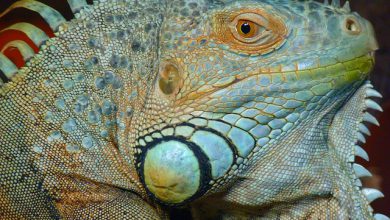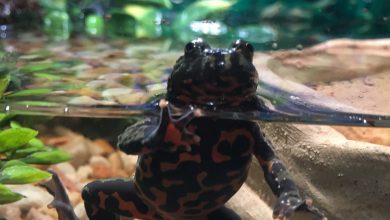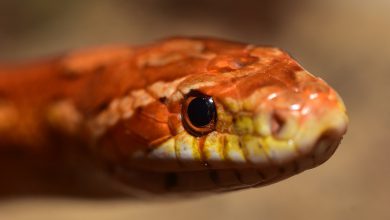Why You Need to Keep Water Levels Low in the Bioactive Drainage Layer
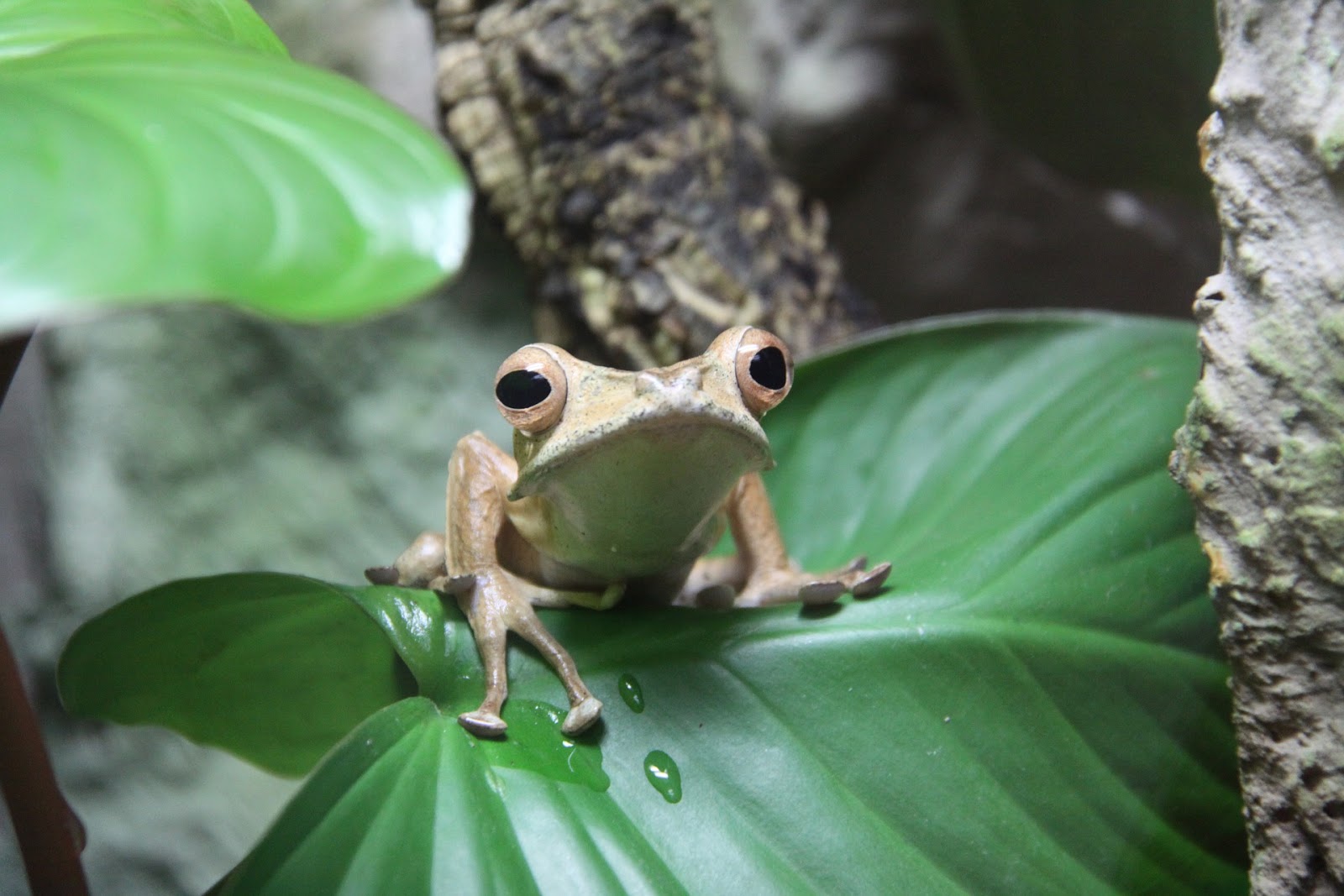
Maybe youâve heard that you need to have a âfalse bottomâ or drainage layer in your bioactive terrarium, and thatâs true. But what you may not realize is that itâs not just a set it and forget it deal.
Once excess water has made its way into the drainage layer, youâll need to make sure it doesnât overfill into the substrate.
Hereâs what to know about the drainage layer for a bioactive terrariumâ¦
Whatâs the drainage layer for?
Bioactive terrariums typically have soil or some kind of substrate that allows for live plants in the tank. These plants, of course, need regular watering. But if you just fill the tank with soil or substrate, then the excess water will build up in the lower levels of dirt or growing media.
Thatâs a breeding ground for all kinds of nasty bacteria, and the wrong kinds of bacteria contribute not only to tank odors, but also to poor health outcomes for your plants, microfauna, and exotic pets.
The drainage layer is an extra bottom area below the soil or other substrate, typically separated by mesh and filled with gravel, hydroballs, or other clay balls that helps to filter out substrate particles. The excess water can drain through the soil and gravel layer into what is essentially a false bottom.
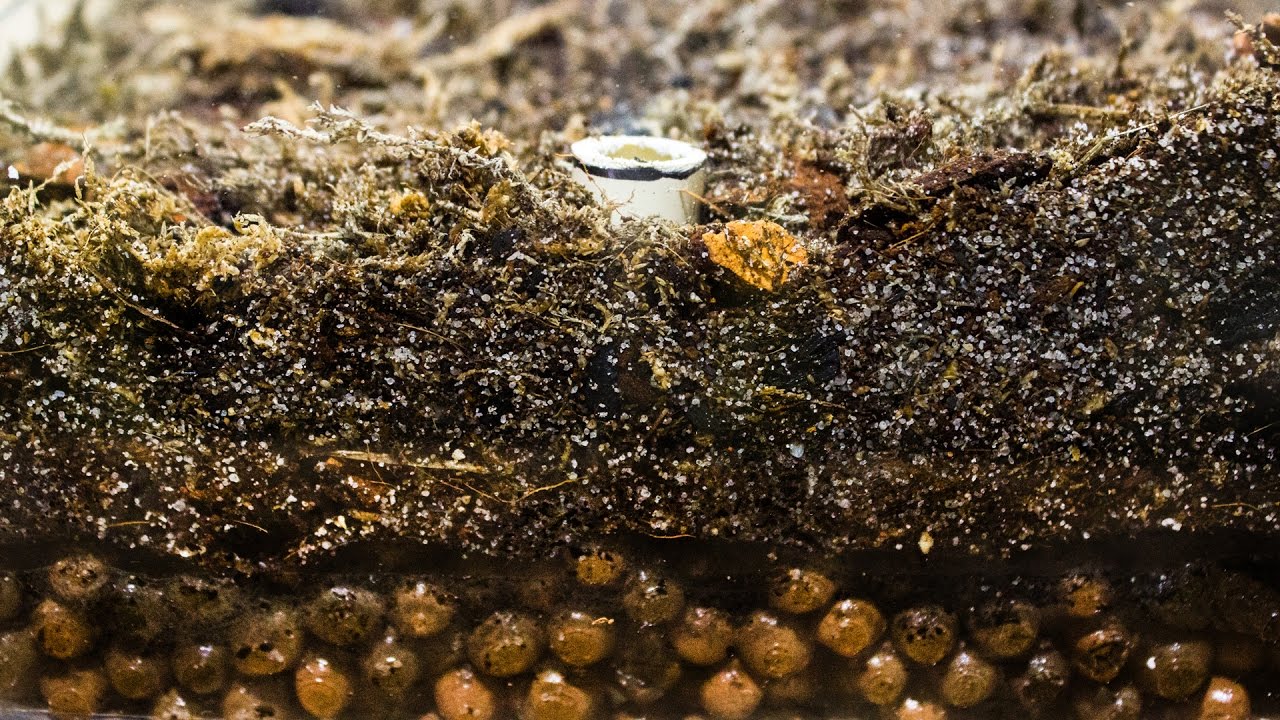
“Make an Easy Drainable False Bottom” by SerpaDesign
Some false bottoms can be removed and emptied, reducing bacteria buildup in the habitat. If your tank does not have this kind of removable bottom area, though, no worries. Thereâs another solution.
What to do if your tank is fully enclosed
A tank that is fully enclosed and does not have a removable bottom layer for drainage can still be used easily and effectively for a bioactive terrarium. When this is the case, all you need to do is set up a water pump that recycles the drainage water.
Using a pump and a hose, you can create a waterfall or stream in the terrarium, much like this one:
âHow to Make a Naturalistic Rock Waterfall Build Setup for Terrarium Vivarium (DIY)â by DIY Herps
Keeping the water moving and cycling through like this also helps to prevent anaerobic bacteria. And as a bonus, it also helps to maintain higher humidity levels for rainforest and tropical pets, such as dart frogs or some tree frogs.
In this kind of setup, youâll also want a mesh and gravel layer to act as a filter that allows water through and keeps soil in the upper level, where it belongs.
If you have a reptile or amphibian that needs lower humidity levels, you can easily accommodate this need with a mesh top that allows the water from the false bottom to evaporate out without allowing the animal to escape. And of course your water pump and tubing can also be used to remove water rather than recycling it through.
If youâre looking for supplies to set up an effective drainage layer in your own vivarium, we suggest these products:
ZooMed Hydroballs
Zoo Med Naturalistic Terrarium Substrate Mesh
EcoPlus Water Pump (available in multiple flow speeds)
Talk to our team at The Tye-Dyed Iguana in Fairview Heights to find out which sizes and speeds are right for the size of your enclosure.
